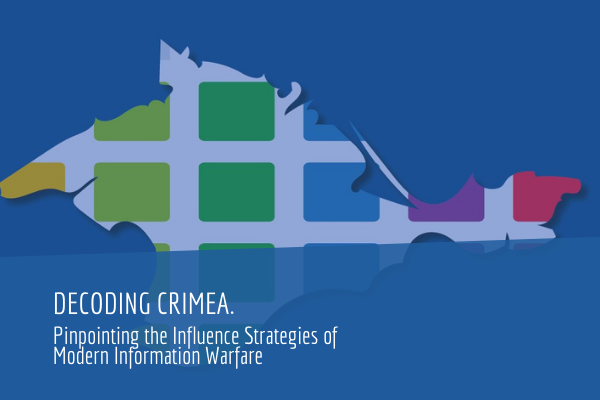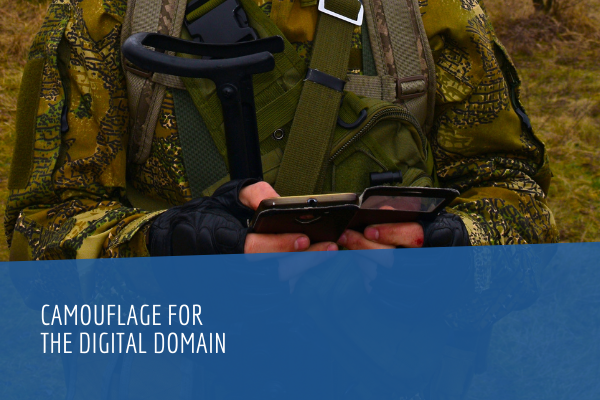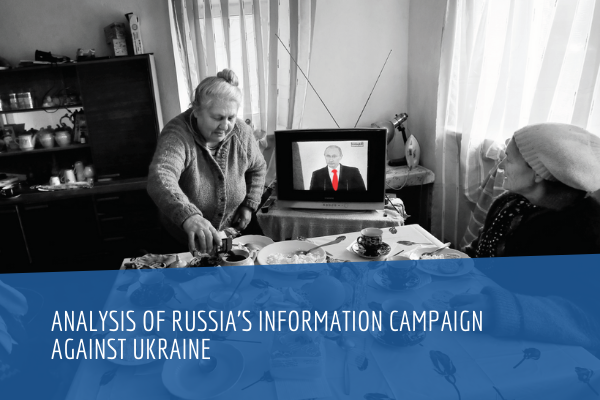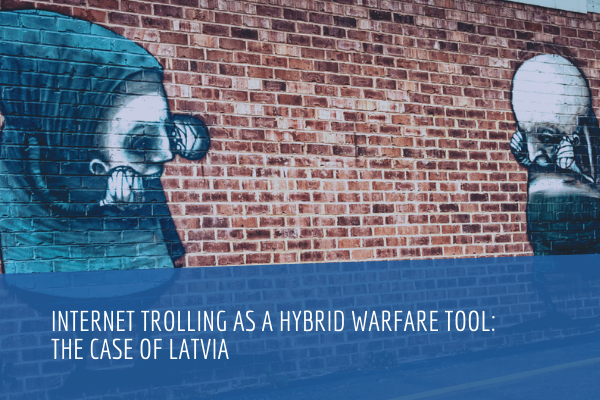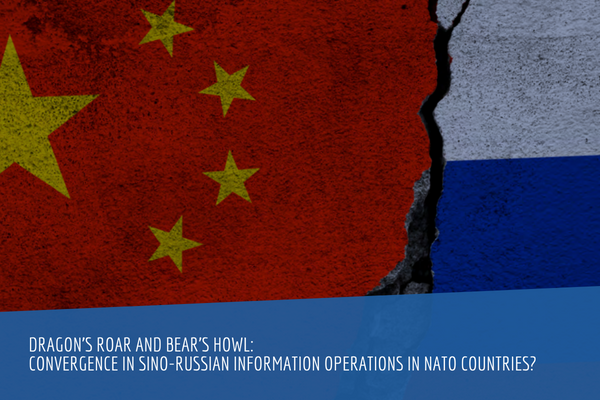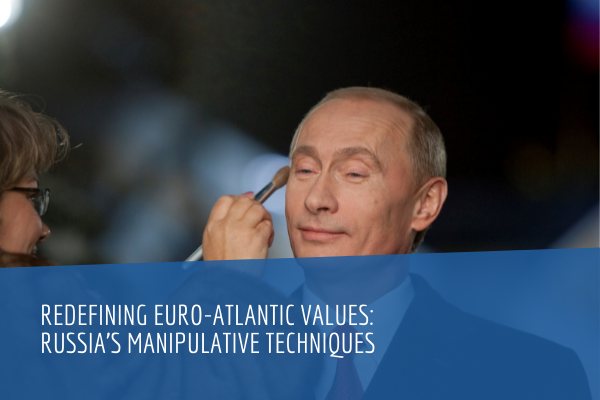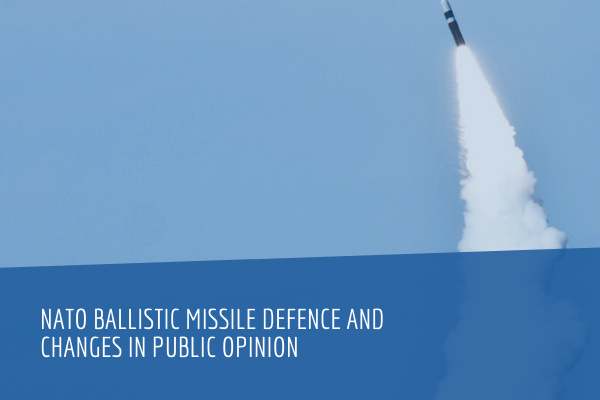About the Article
In an era set to be defined by persistent contestation between states, of a nature which falls short of open conflict, Western democracies need to adapt. Strategies employed by adversaries are less likely to rely on the direct application of military power and increasingly on the opportunities afforded by new technologies to create effects, shrouded in complexity and ambiguity, in the information environment. Analysts, planners and policy makers facing these threats struggle with limited tools to understand their form and structure.
As a response to this challenge, we propose an addition to the toolkit - a Taxonomy of Influence Strategies. This is a comprehensive system which attempts to identify, describe and classify the fundamental units of influence, referring to them as ‘plays’.
The purpose of this approach is to provide a system – similar to the periodic table of the elements – which attempts to decode the gamesmanship of peacekeepers and aggressors alike. The ‘Playmaker’ system seeks to demonstrate that techniques of influence are atomic, knowable, manageable and uniquely revealing. They form a framework with specific definitions, purposes and effects that can be identified and therefore countered.
Taking a different approach to our previous research, we use a RAND Corporation study of the 2014 Russian annexation of Crimea as a working example, presenting maps of precise ‘plays’ employed by Russia. The resulting illustrations shed light on the ploys of Russian propagandists and the motives behind their messages. We provide visual evidence of how individual plays work, their patterns and scope, as well as a vocabulary and lens with which to address such campaigns.
Through this case study, we demonstrate how a taxonomy of strategies might be used to decode real-world scenarios, making sense of evolving influence campaigns while identifying ways to counter or co-opt them. Identifying and understanding the choice of influence strategies can provide invaluable insight into the interests and posturing of an adversary, ultimately leading to more effective and timely policy responses.
Introduction
For this paper we write about information in warfare from the perspective of Strategic Communications (StratCom) and the pursuits of the NATO Strategic Communications Centre of Excellence. We consider StratCom to comprise not only a suite of capabilities that disseminate messages, but also a basic function of statecraft and a mindset for senior leaders and communicators across government and military organizations.
For us, StratCom offers three critical insights:
- Every action and utterance communicates;
- The goal of policy (and actions supporting policy, certainly including communication but also up to and including warfare) is to get others to do what you want, and the English language word for getting others to do what you want is influence;
- Influence efforts (that is, efforts to effect policy) should be planned and coordinated (which is harder than it sounds because of the first point).
In collaboration with the NATO Strategic Communications Center of Excellence, we have refined one possible solution to this challenge that is based on a framework, vocabulary and decision support system, originally proposed in The Elements of Influence by this paper’s co-author. Its centerpiece is a classification of 23 discrete units, called the Taxonomy of Influence Strategies that serves as the gateway to a broadly-applicable decision system for influencers, influencees and influence operations of any kind. This framework reduces the plethora of rhetorical and persuasive techniques to fully-reduced primitives – conceptually similar to species, chemical elements and musical notes – called influence strategies or “plays.”
By this taxonomy, the precise underlying strategies of every activist attack, advertisement, legal argument, marketing blitz, political ploy, press release, sales pitch, shared meme and corporate speech can be explained. As can every terrorist’s broadcast, every utterance on a state‐run news channel and every social media post. Any effort to position, reposition, de-position, prod, persuade or simply communicate, whether in collaboration or competition, can be shown to embody combinations, sequences and patterns of the 23 elemental units and three surrogate types comprising this framework. This includes all influence functions employed by, and in support of, military forces as well as all actions taken as part of StratCom.
This paper is particularly relevant to those interested in Russian aggression in Crimea (and in Ukraine more broadly) And those interested in applying this framework to other contexts and circumstances.
Methods and Limitations
This paper seeks to explain information deterrence and warfare through the lens of The Taxonomy of Influence Strategies, a comprehensive framework that identifies, describes, and classifies units of persuasion that are elemental to friendly and hostile actors. Developed through a host of real-world applications, this first-of-a-kind ontology features 23 stratagems observed in communications, defense, intelligence, marketing, media, military, politics and sales across professions, governments, regions, customers and cultures.
Overall, the Taxonomy of Influence Strategies is a fresh and practical resource for cracking the code of today’s modern wars. Not unlike the periodic table of chemical elements or biology’s phylogenetic tree, it is the centerpiece of a decoding system and decision framework that makes tangible what has heretofore been intangible, and thus emerges as a potentially indispensable tool for winning what is hardest to win – hearts and minds.
